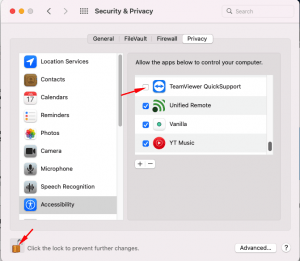Managed Print Services (MPS) refers to a comprehensive approach for overseeing an organization’s printing environment. Instead of leaving individual printing tasks and devices unattended, MPS involves a strategic and proactive management strategy to optimize printing efficiency, reduce costs, and enhance productivity. From a single unit, in one office to a fleet
Key aspects of Managed Print Services include:
Print Fleet Management: MPS involves monitoring and managing a company’s entire fleet of printers, copiers, scanners, and other printing devices. This includes tracking their usage, performance, and maintenance needs.
Cost Control: MPS aims to reduce printing-related expenses by identifying wasteful printing practices, optimizing device usage, and implementing cost-saving measures.
Supply Management: MPS providers ensure that the necessary supplies such as ink, toner, and staples are consistently available, avoiding downtime and interruptions.
Maintenance and Repairs: Regular maintenance and timely repairs are part of MPS, ensuring that devices are in good working condition and minimizing downtime.
Security Enhancement: MPS includes implementing security measures to safeguard sensitive information that is printed or scanned. This might involve secure printing, user authentication, and data encryption.
Workflow Optimization: MPS providers analyze printing workflows within an organization to identify bottlenecks, streamline processes, and improve document management.
Environmental Sustainability: MPS often includes initiatives to reduce the environmental impact of printing, such as encouraging duplex (double-sided) printing, reducing paper usage, and optimizing energy consumption.
User Training and Support: MPS may offer training and support to users on best practices for efficient printing and using advanced features of printing devices.
Reporting and Analytics: MPS provides insights and reports on printing usage patterns, costs, and other relevant data to help organizations make informed decisions.















